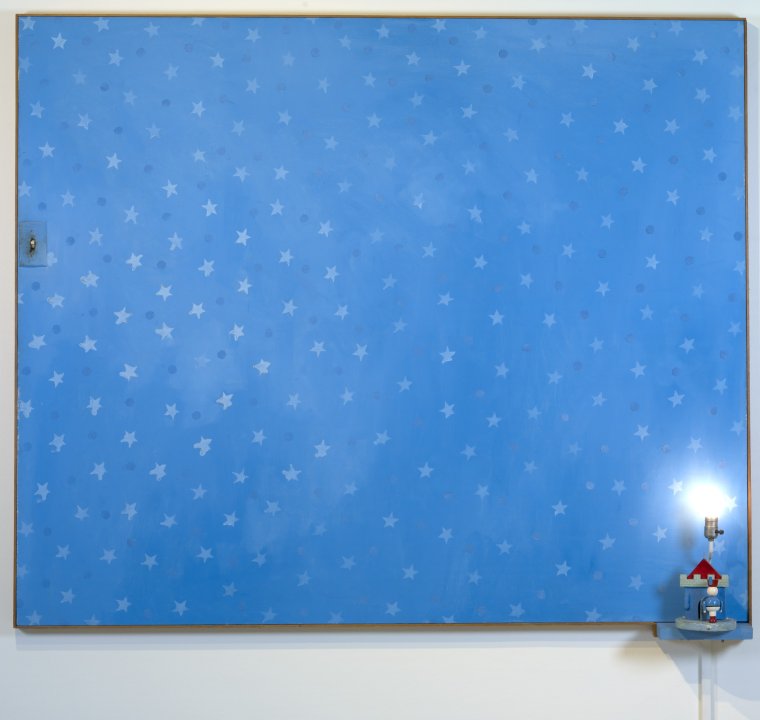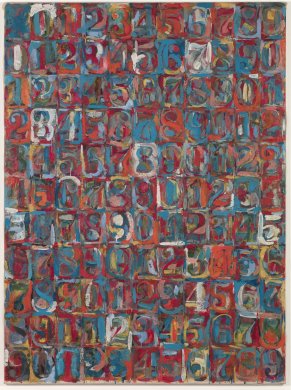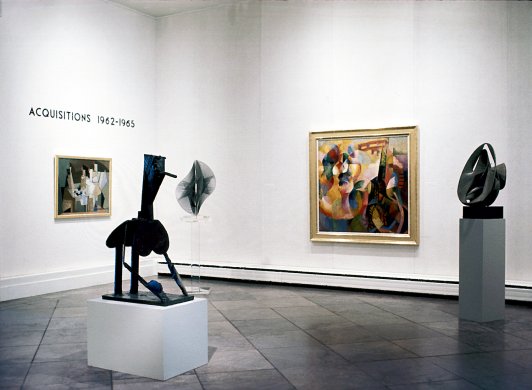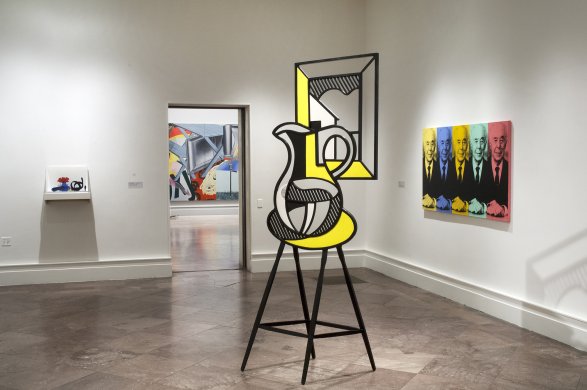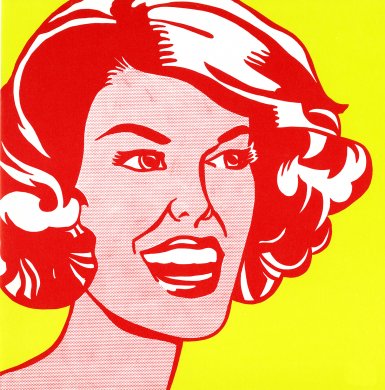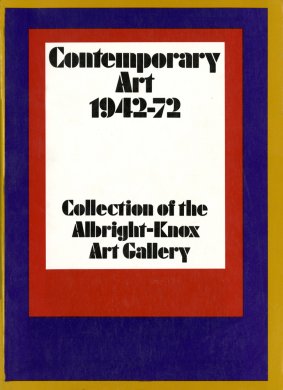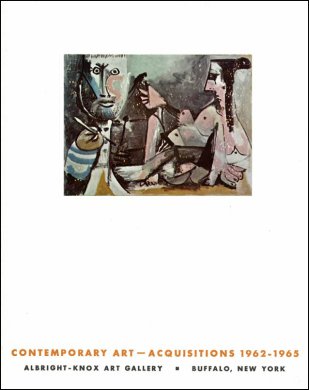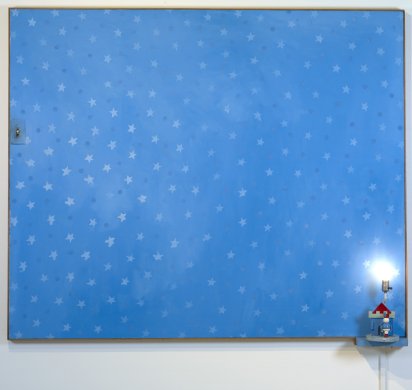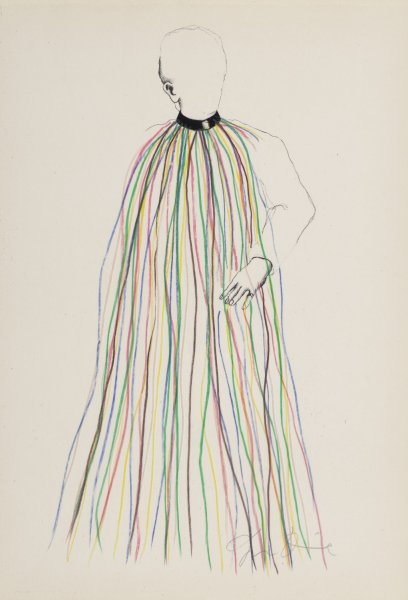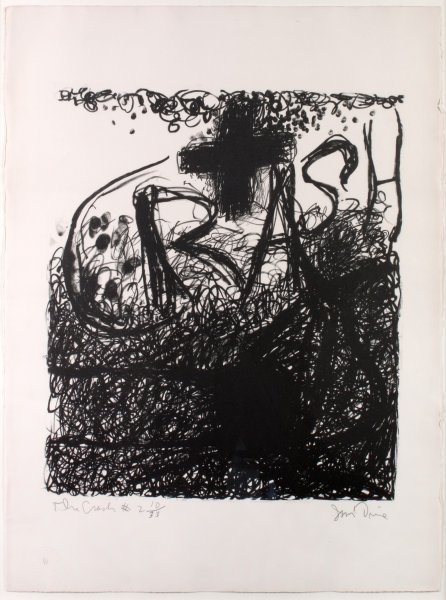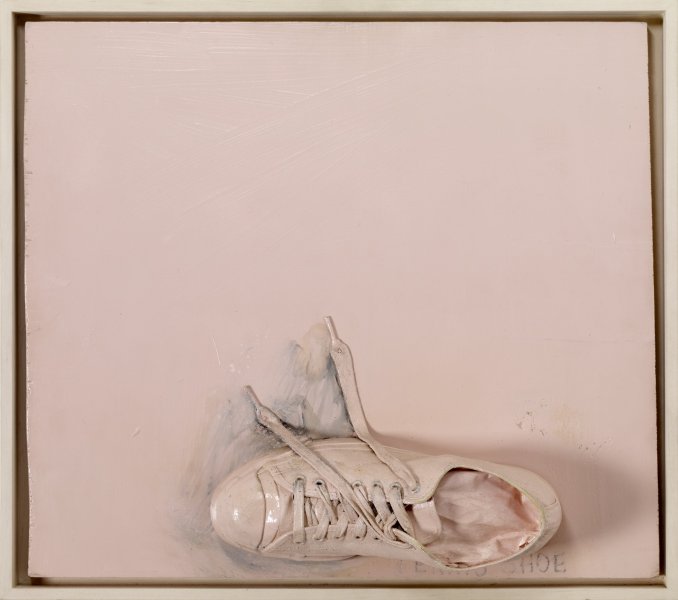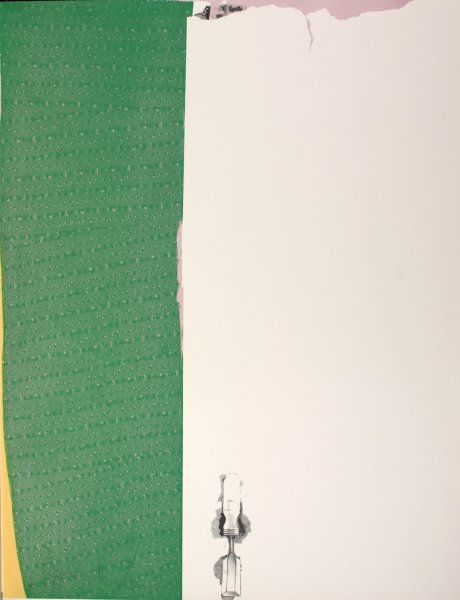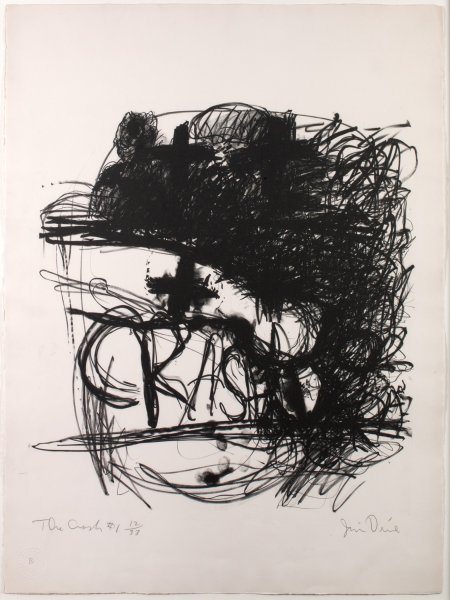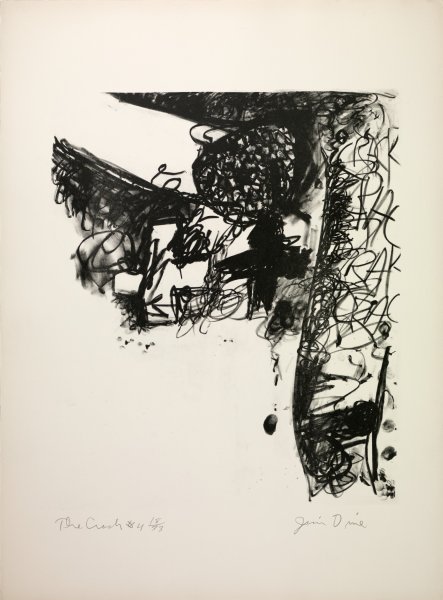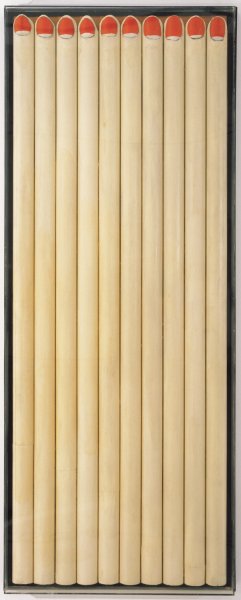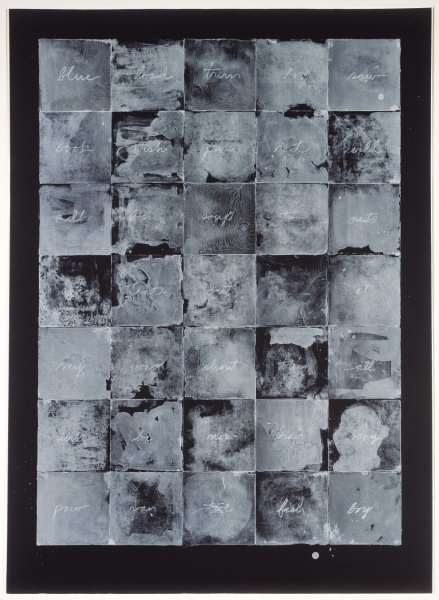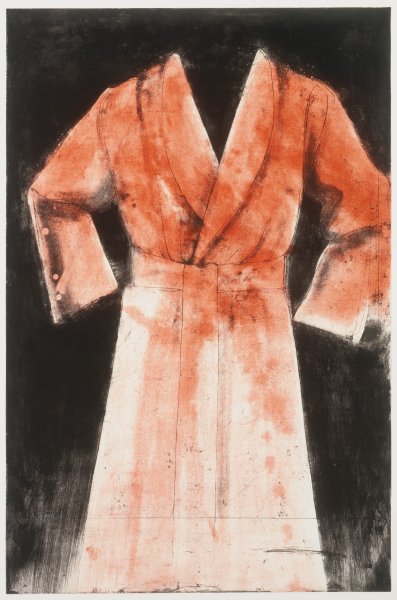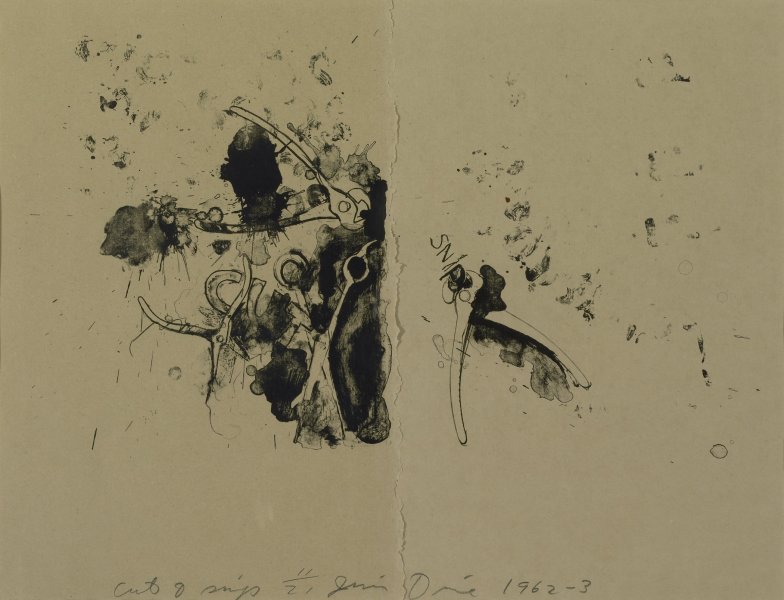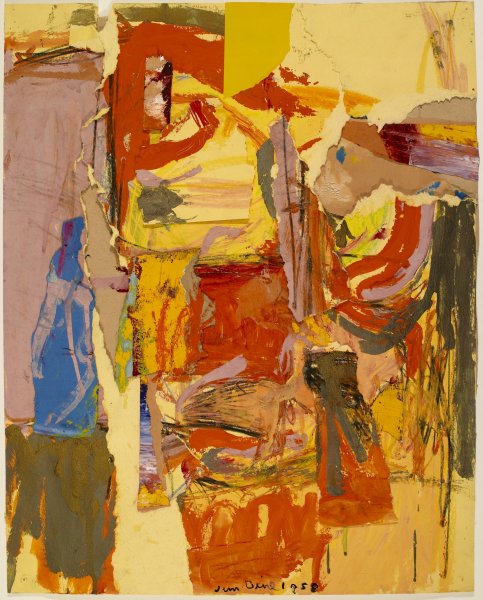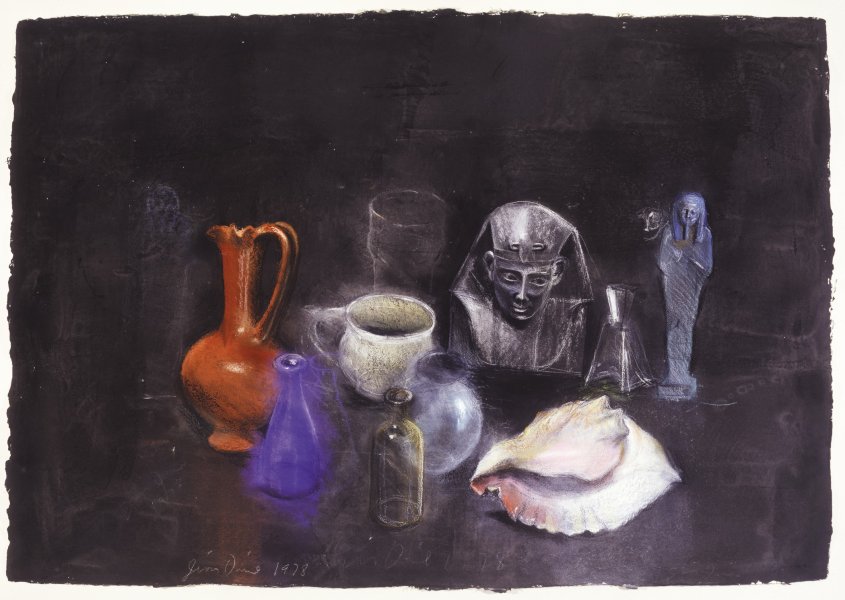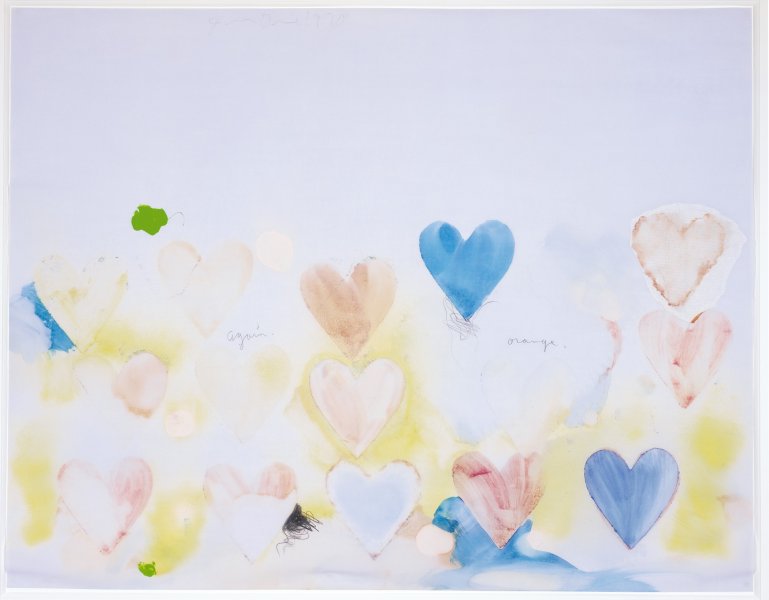Jim Dine
American, born 1935
Child's Blue Wall, 1962
Artwork Details
Currently on View
Collection Highlight
Materials
oil on canvas, wood, metal, and light bulb
Measurements
overall: 60 x 72 inches (152.4 x 182.88 cm)
Collection Buffalo AKG Art Museum
Credit
Gift of Seymour H. Knox, Jr., 1963
Accession ID
K1963:1
In 1959, Jim Dine traveled to New York, where, along with other avant-garde artists, he participated in some of the city’s early Happenings, which were spontaneous and experiential performances that often encouraged the audience to participate. A year later, he began to focus more on a painterly practice that incorporated physical objects—a love of which came from working in his family’s hardware stores as a youth. Many of his Pop art contemporaries worked with commercially branded materials that are devoid of expression or feeling. However, it was Dine’s desire to elicit emotion through the use of more personal items. Child’s Blue Wall is a poignant tableau from his series of works that engage the subject of children’s bedrooms. It can be variously interpreted as a depiction of starry wallpaper, the pale sky of dusk or dawn, or an altogether imagined scene. The attached lamp may be turned on or off, changing the appearance of the overall painting and introducing further ambiguity. These multiple references often occur in Dine’s work, which is frequently poetic and autobiographical.
